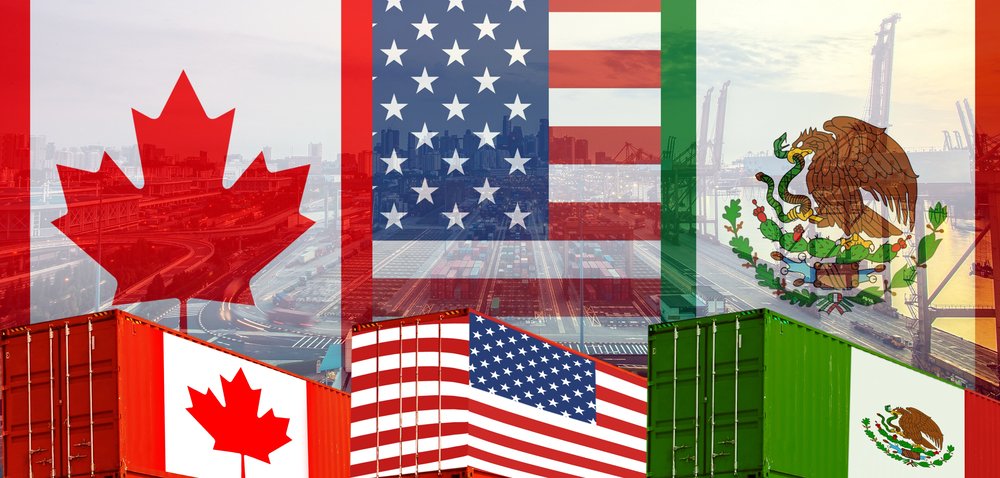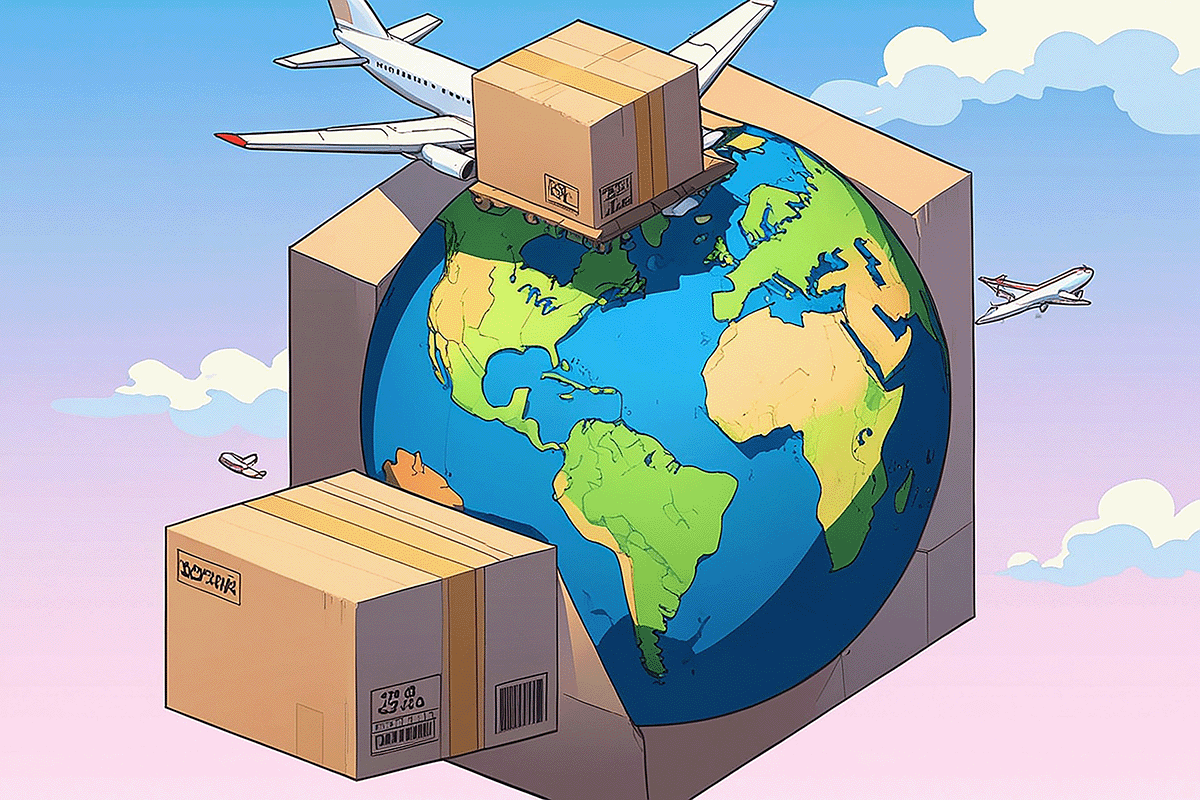
The impact on the automotive industry of tariffs placed on Canada and Mexico by the United States is going to be immediate and significant, according to a report reviewing the issue.
DBRS Morningstar, a credit ratings agency, reviewed the impact of the tariffs on the auto sector in a recent commentary following the March 4 implementation of the tariffs. Since then, additional tariffs were placed, then paused, on most countries around the world.
The new tariffs on imports from Canada and Mexico add cost and uncertainty to the automotive industry, the report said. The tariffs, which exclude energy products, will see a 25 per cent increase on all imports from Canada and Mexico, while imports from China will face an additional 10 per cent tariff.
Original equipment manufacturers (OEMs) are expected to bear the brunt of the additional costs, which vary by vehicle segment. Compact passenger vehicles will see an increase of approximately $3,000 per unit, while larger SUVs and pickup trucks could face up to $10,000 per unit in additional costs.
In recent years, OEMs have enjoyed strong pricing levels due to pent-up demand from previous vehicle shortages, the report noted. However, with demand now normalizing and inventories replenished, their ability to pass on these additional costs to consumers is limited.
The tariffs affect various OEMs differently, depending on their manufacturing footprints and sales exposure in North America. Mexico’s automotive production, which exceeds that of Canada, benefits from lower labour costs and proximity to the United States, making it the largest exporter of assembled vehicles to the U.S.
Canada’s automotive production in 2024 was estimated at 1.3 million units, lower than historical norms. Toyota and Honda, the largest automotive producers in Canada, have significant production footprints in other regions, particularly the United States. Both companies are expected to manage the effects of the tariffs due to their strong financial profiles and earnings from other markets.
The Detroit 3, historically significant in Canada, have seen their manufacturing presence diminish over time. Recent uncertainty regarding the adoption of electric vehicles has clouded the future of several Canadian plants. Ford’s Oakville assembly plant is undergoing retooling to produce the Ford Super Duty pickup truck, while Stellantis has paused retooling at its Brampton facility.
The tariffs could lead to production slowdowns and stoppages as OEMs may curtail the production of more expensive vehicles, DBRS Morningstar observed. Suppliers, also affected by the tariffs, may stop producing certain components, leading to widespread production disruptions due to the industry’s reliance on just-in-time inventory management.
The long-term prospects of Canadian automotive facilities remain uncertain, particularly if the tariffs persist, the report said. The industry faces a challenging road ahead as it navigates these new economic hurdles.
Image credit: Depositphotos.com













Leave a Reply